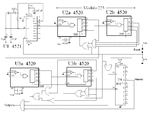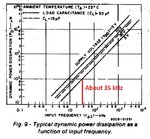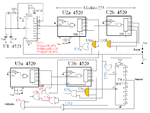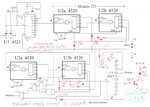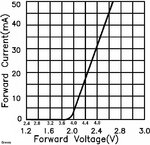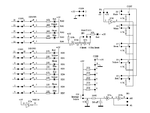Ebonic
Junior Member level 2
KerimF
Thanks for your input. I appreciate your help. But? I want to make this as small as i could.
With out using a microcontroller. And with the lease amount of ICs and passive parts.
Yes! If you may. ljcox is helping me to. I Think you guys
can give me what i'm looking for.
I went looking for a logic chip that has an ossillator on board.
The 4060 was all i could fine at the time of searching parts for this project.Since then.
I've done a search yesterday for parts and came across this part.
Its a 4521 24 stage counter.
**broken link removed**
I also came across this part.
http://www.datasheetcatalog.org/datasheet/philips/74HCT5555.pdf
Troughts on these parts. To make the circuit even smaller.
---------- Post added at 19:43 ---------- Previous post was at 19:22 ----------
ljcox
I understand this.
the 32.768 crystal is connected to the 4060 counter
at pins 11.10.
block 7 in your diagram i assume is the 4017 IC.
module 2, 60,60,24 is i think 2Hz 60secs 60secs 24Hs
Or they are 2Hz IC4060, IC4060, 24Hs. If i'm wrong which i assume i'am. Please Explain.Your diagram.
Thanks for your input. I appreciate your help. But? I want to make this as small as i could.
With out using a microcontroller. And with the lease amount of ICs and passive parts.
Yes! If you may. ljcox is helping me to. I Think you guys
can give me what i'm looking for.
I went looking for a logic chip that has an ossillator on board.
The 4060 was all i could fine at the time of searching parts for this project.Since then.
I've done a search yesterday for parts and came across this part.
Its a 4521 24 stage counter.
**broken link removed**
I also came across this part.
http://www.datasheetcatalog.org/datasheet/philips/74HCT5555.pdf
Troughts on these parts. To make the circuit even smaller.
---------- Post added at 19:43 ---------- Previous post was at 19:22 ----------
ljcox
I understand this.
the 32.768 crystal is connected to the 4060 counter
at pins 11.10.
block 7 in your diagram i assume is the 4017 IC.
module 2, 60,60,24 is i think 2Hz 60secs 60secs 24Hs
Or they are 2Hz IC4060, IC4060, 24Hs. If i'm wrong which i assume i'am. Please Explain.Your diagram.

